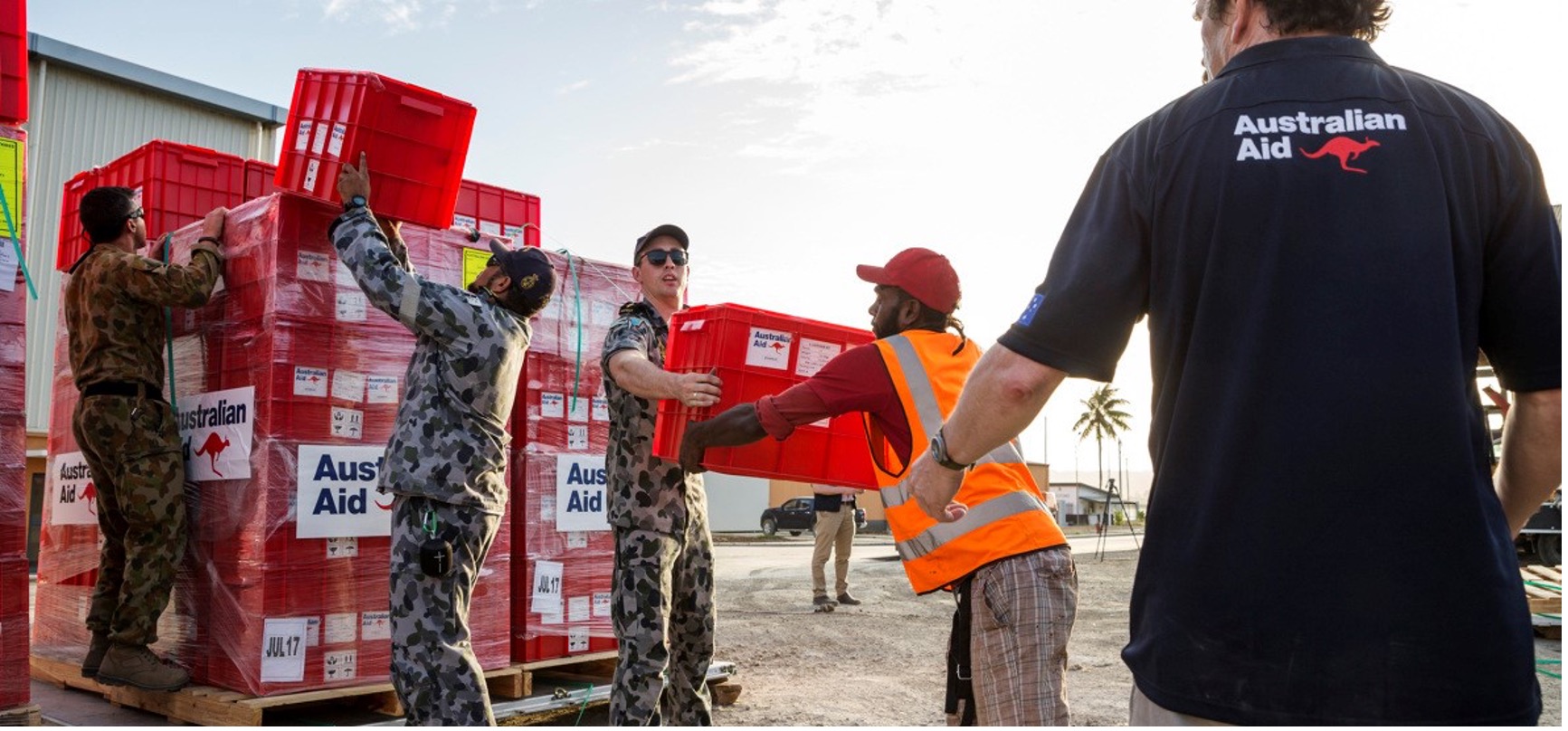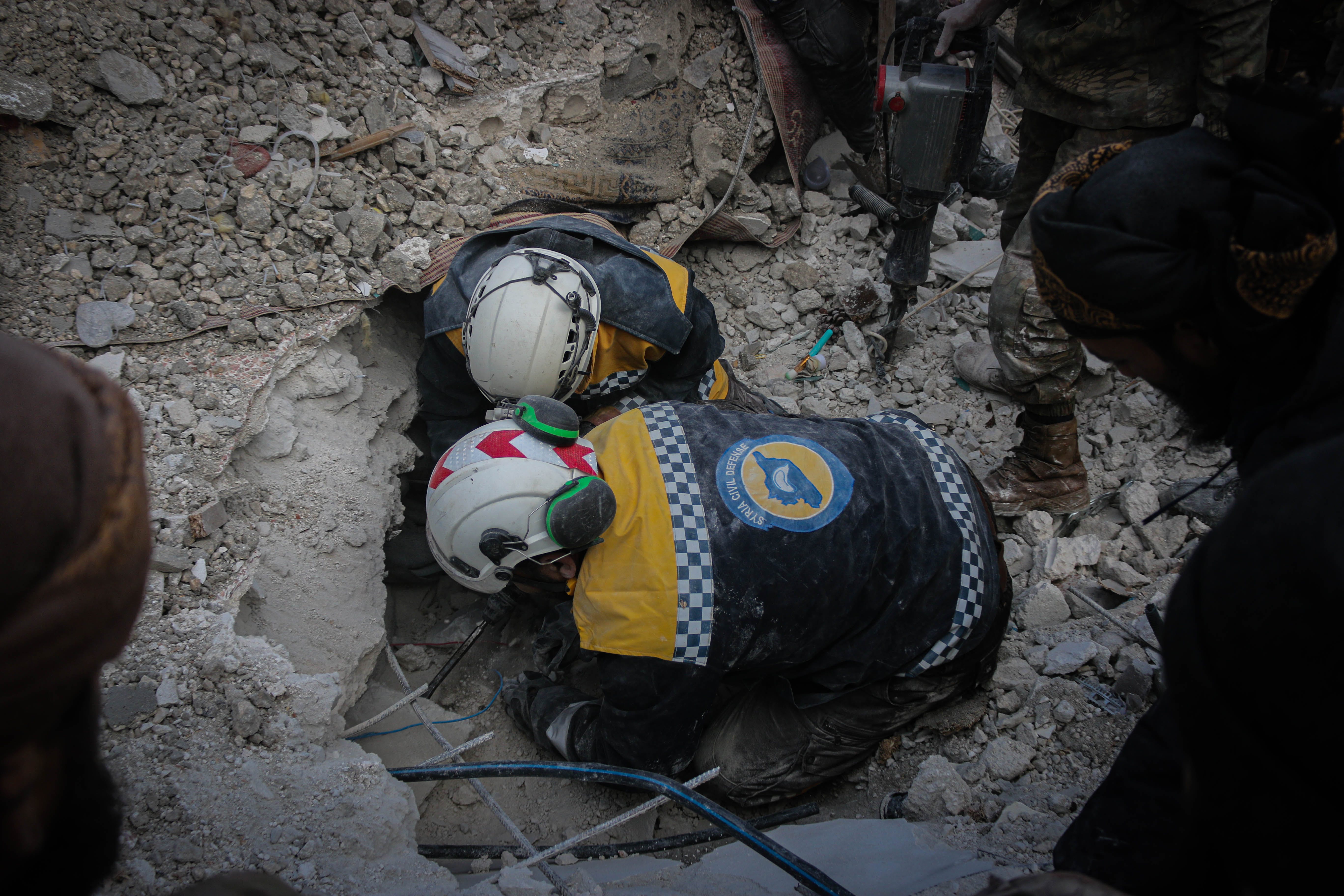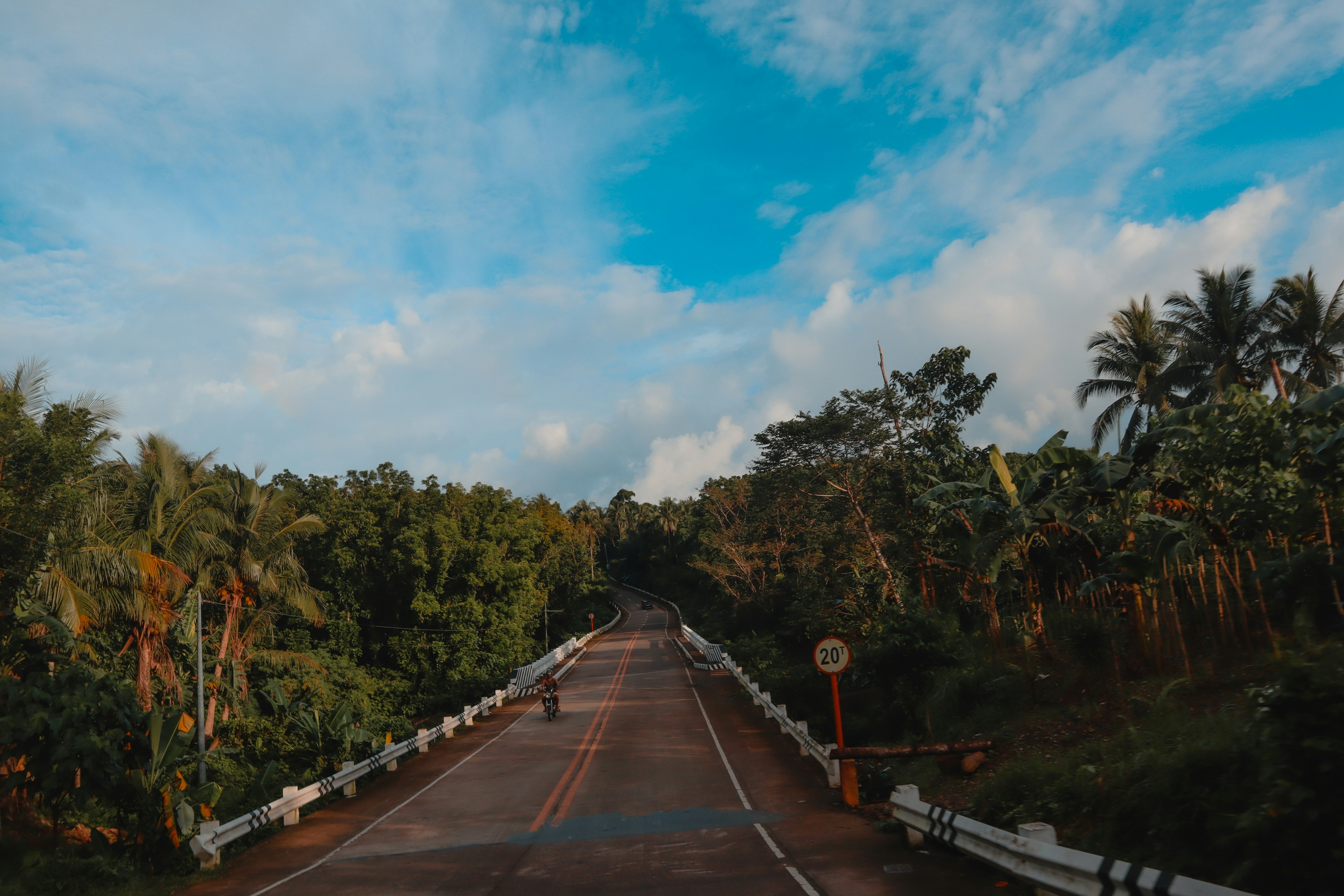As people seek light in the ongoing influx of fearful news and uncertainty, many have been using environmental news as a silver lining to the recent outbreak. Quotes on social media and articles around nature returning to the city and emissions falling are circulating the internet with videos going viral. It is understandable that we want to engage in something pleasant; however, we need to consider a few things.
False News
The desire for uplifting news is leading to false information spreading regarding clean canals in Venice, and wildlife returning to towns. The Mayor of Venice stated that a decrease in boat traffic means that sediment is not being raised resulting in clearer looking canals; however, they are not to be misconstrued as cleaner. Articles showcasing deer walking around cities in Japan and monkeys in Thailand have a darker layer that is less discussed. Animals are finding themselves in cities because of their reliance on food from tourism. The sudden drop of human engagement has resulted in their scavenging for food in cities. This is an indication of the systems we have created that have domesticated animals and created an unhealthy reliance rather than a balanced ecosystem between humans and our environment.
Single-Use Plastic
Prior to Covid-19 people were actively pushing for bans on single-use plastic and we were seeing an increase in the use of reusable bags and coffee cups. Fear and uncertainty regarding the transmission of the disease is resulting in markets returning to single-use plastic bags and cafes have stopped accepting reusable cups. This along with the increase of necessary medical supplies, single use masks, PPE, tools for patient treatment, and for testing are all, understandably, single-use. It is currently unclear to what extent our plastic consumption has increased, to what extent it is recyclable. This is bringing to light how quickly policies banning single-use plastic can be reversed and how ineffective it can be to remove a resource without providing a viable, efficient, and affordable alternative. This is an opportunity to examine the current system and seek ways to commodify waste, invest in a circular economy model and add value to it rather than just seeing waste, and waste minimization strategies as a costly inconvenience.
Emissions
On the other hand, there has been a significant decrease in carbon emissions since isolation measures were put into place. In China, emissions declined by 25% and the use of coal fell by 40%. China has also experienced an 11.4% increase of “good air quality” days compared to the beginning of the 2019.
In Europe, specifically in Spain, Italy, and the UK, satellite images have shown a considerable fall in nitrogen dioxide (NO2): the main emission from “cars, trucks, buses, power plants, and off road equipment“. In just one week, Spain saw a 75% drop in NO2. In the United States, New York has seen a 50% fall in carbon monoxide emissions from the lack of cars.
Image source: NASA Earth Observatory
Isolation has resulted in a reduction in the use of transportation, which is responsible for 23% of global emissions. Specifically, driving makes up 72% and aviation 11% of those aforementioned 23% transport emissions. Alongside the decline of travel among individuals, the closing of many services that are not deemed necessary is also contributing to a drop in pollution given that 18.4% of emissions are a result of combined industrial processes, manufacturing and construction. However, it is uncertain how long this shift will be maintained.
During the 2008-09 global financial crisis we experienced a fall of emissions by 1.3%. However, as the economy recovered, emissions not only rebounded but were recorded at an all-time high. We risk a similar scenario with Covid-19 if we return to “business as usual” and governments do not take this as an opportunity to invest in resources that will assist in maintaining environmentally conscious behaviour change.
Studies [1][2] have found that when people are forced to change their behaviour they are more likely to adapt and maintain the new behaviour. For example, in 2001 a study in Japan found that when a motorway was shut, forcing commuters to take public transport, those who were previously drivers had formed the new habit of taking public transport even when the motorway reopened. There is potential here for governments to invest in infrastructure such as safe cycling paths, or to invest in resources that assist businesses to transition to sustainable practices.
It is no surprise people are seeking comfort in positive news, and a decrease in emissions can appear hopeful; however, this should be approached with a careful and critical eye, as the positives are not all they seem.
We must be cautious of blaming human existence for environmental decline, inevitably perpetuating eco-fascism which argues we are to sacrifice our own interests, and in this case many lives, for the betterment of the natural whole (earth/environment). This lens overlooks systemic inequalities as it considers humanity as a whole and does not see the disparities among individuals and countries. Although the current pandemic is raising awareness of human impact on the environment, it is vital that we question ‘business as usual’ and engage in conversations around the current systems that have allowed for immense negative impact to the environment in the first place.
The global, and local systems in place continue to facilitate extreme economic disparity. A study done by Oxfam in 2015 found that at an individual level, the wealthiest people in the world accounted for 10% of the global population and yet were responsible for over 50% of global emissions while the poorest people accounted for 50% of the population and only produced 10% of global emissions. It is unlikely that this has changed significantly in the last 5 years.
Image source: Oxfam
The idealisation of reduced carbon emissions as a result of a global pandemic is a dangerous rabbit hole that removes responsibility from the highest emitters and places it on the average citizen. The argument that overpopulation and overconsumption by the average population is the root of environmental degradation is inaccurate and dangerous. We cannot all be held to the same standard if we are not all provided with the same resources.
This is an opportunity to facilitate a paradigm shift, to reconsider our current practices and to create ways to support people and businesses in transitioning to sustainable practices. This is the time for innovation and collaboration. There is potential for a shift in moments of crisis as our perspectives change. People become more creative and are more open to beneficial transitions.
At an individual/household level there are a few steps we can take to shift our personal lives to be more sustainable through minimizing waste and our carbon footprint:
- Learning about food waste and starting to compost at home
- there are many youtube tutorials, or affordable and accessible compost options – even for apartments – that could provide nutrient dense compost for the garden
- Gardening
- learning about and planting native species to attract and sustain bees and help with pollination
- growing our own food
- trying new plant-based recipes
- Learning how to preserve food
- pickling
- jams/conserves
- sauces/pastes
- DIY pasta
- Repair over dispose
- mending or repurposing clothing
- repairing furniture, electronics, etc
- DIY – Going zero waste
- Get to know our waste
- take a look at what is going into our waste bins and see if there are waste-free alternatives we can purchase eg. glass over plastic (can be re-used at home, or recycled infinitely)
- make our own toothpaste, deodorant, moisturizer, face masks
- clothing
- hanging baskets, rugs, furniture
- Get to know our waste
- Preparing for a change in transportation
- learning to repair a bike
- getting to know the local cycling routes
- Switching over to sustainable banks/supers/power companies
- Get involved
- learn about the local environmental policies
- write to our representatives and let them know we still want to see climate change and sustainability on the agenda
Of course, this is all dependent on the time and resources people have available. However, for many of us it is a chance to slow down and reconnect to nature and our values and get creative. Ultimately we are at a point where either our systems adapt wholly, or we revert to old practices inevitably returning to pre-COVID emissions, or potentially worse, in a frantic attempt to restore the economy, impacting both our environment and our most vulnerable populations.
Cover image credit: Agnieszka Zuchora
[1] Moser, C., Blumer, Y., & Hille, S. L. (2018). E-bike trials’ potential to promote sustained changes in car owners mobility habits. Environmental Research Letters, 13(4), 44025. https://doi.org/10.1088/1748-9326/aaad73
[2] Fujii, S., Gärling, T., & Kitamura, R. (2001). Changes in Drivers’ Perceptions and Use of Public Transport during a Freeway Closure: Effects of Temporary Structural Change on Cooperation in a Real-Life Social Dilemma. Environment and Behavior, 33(6), 796–808. https://doi.org/10.1177/00139160121973241








